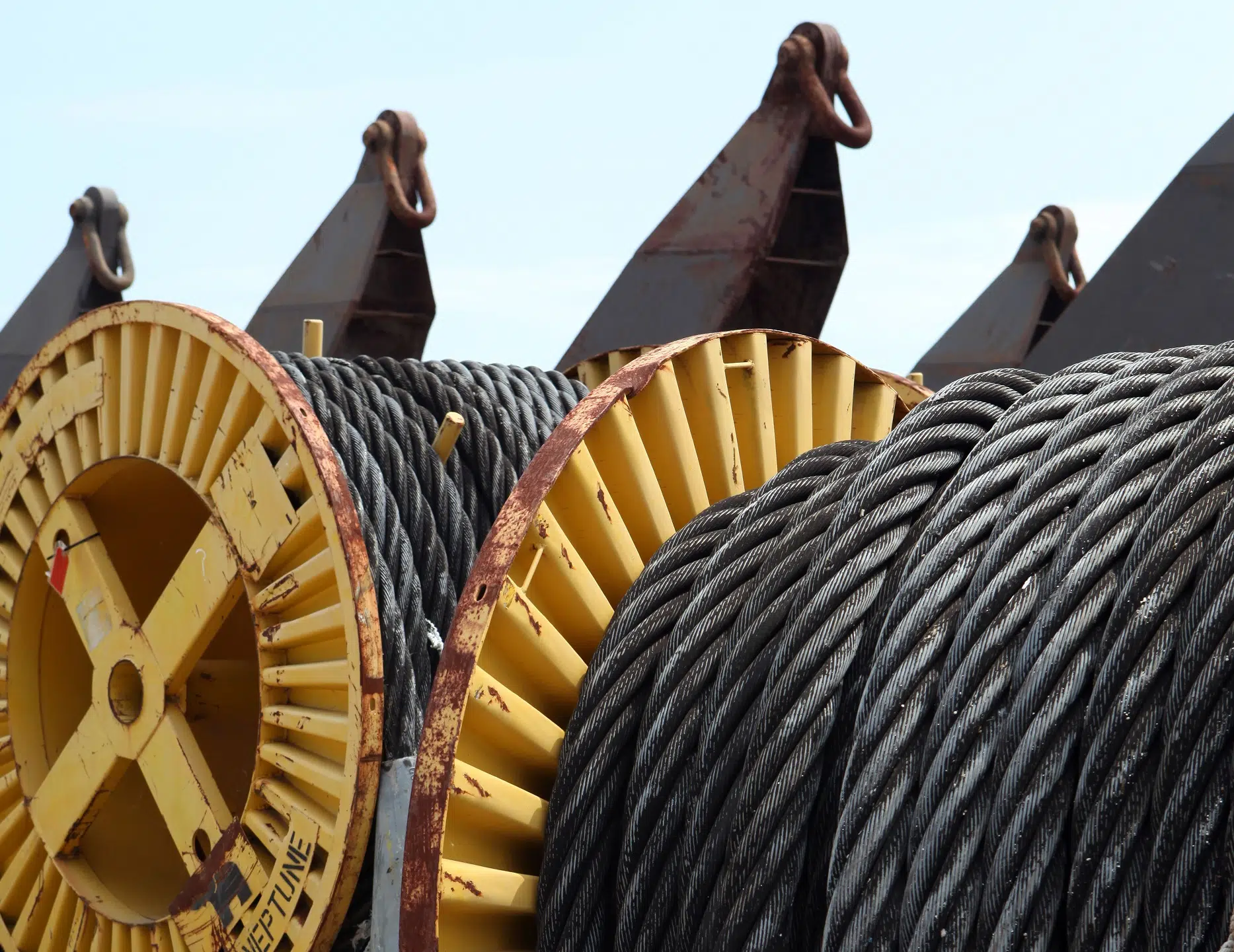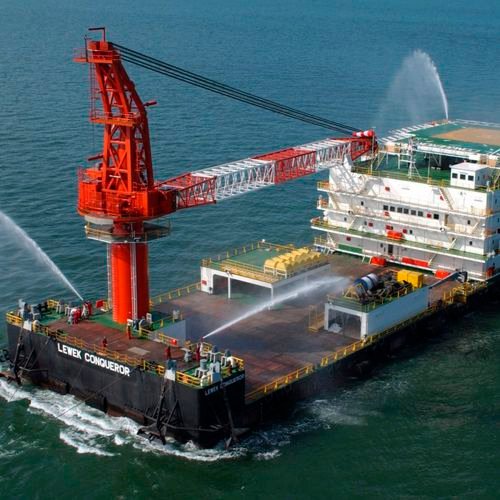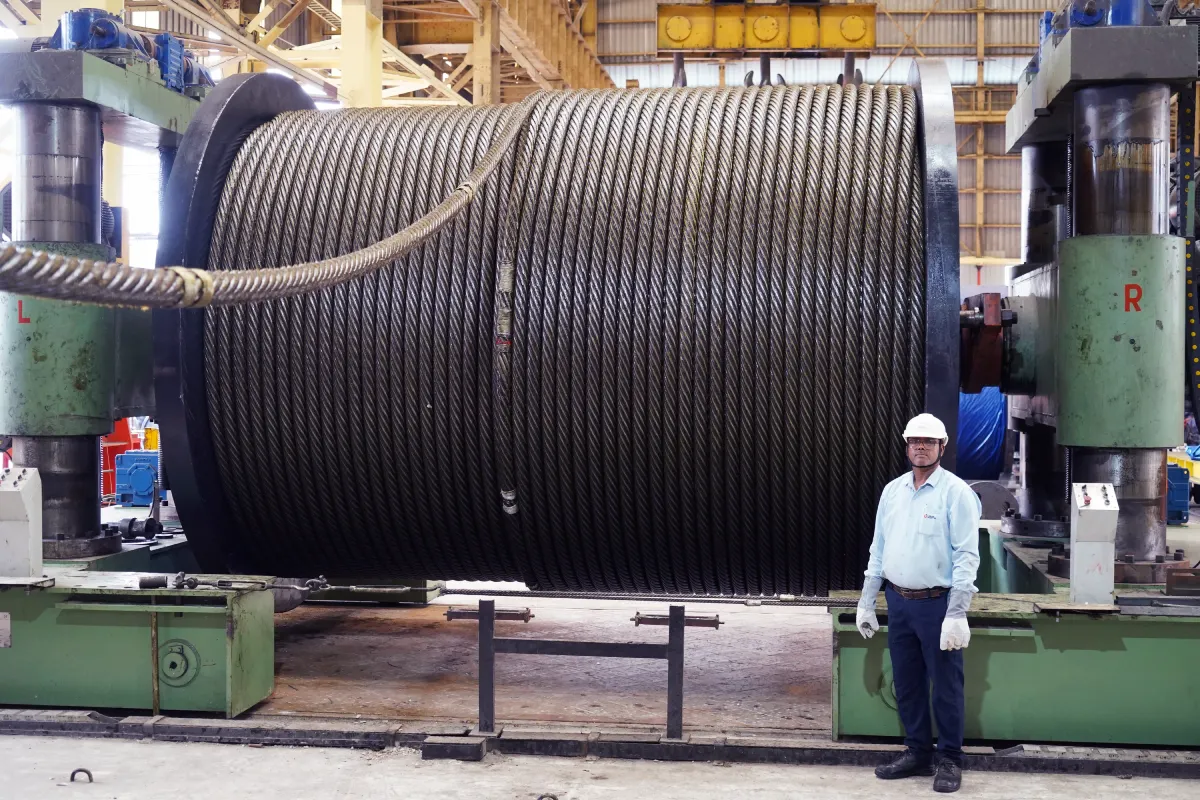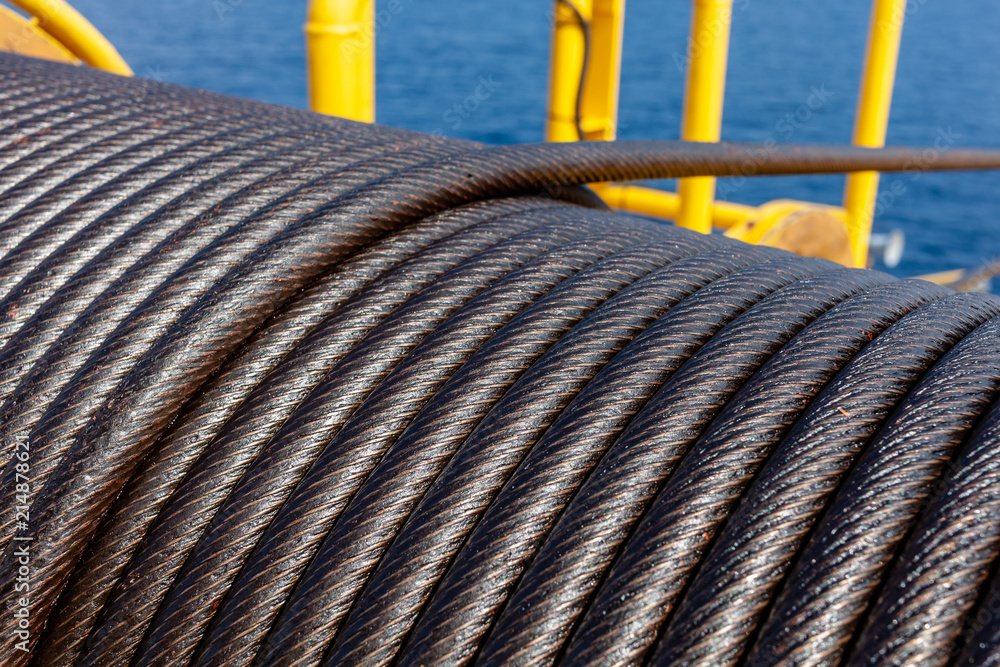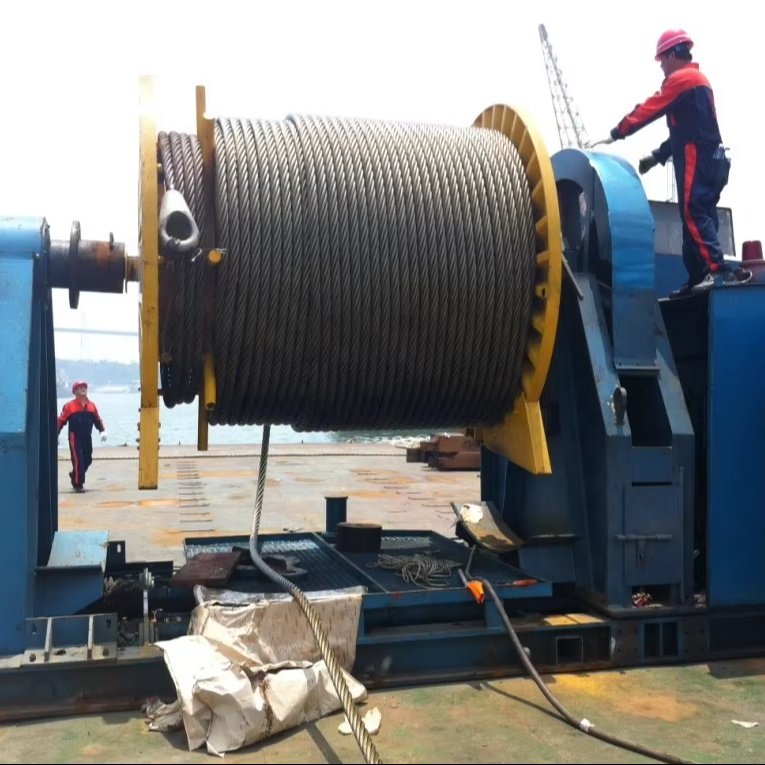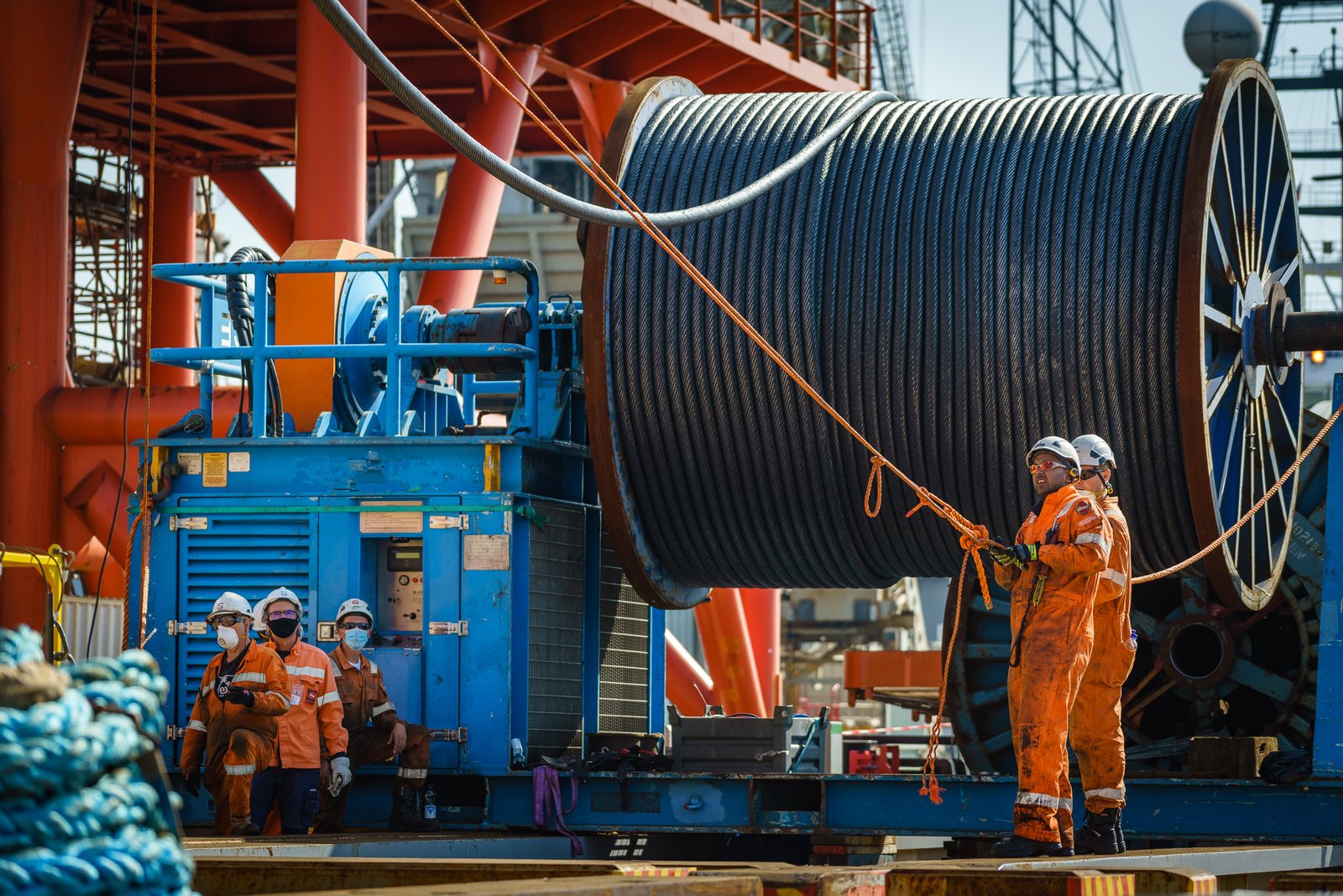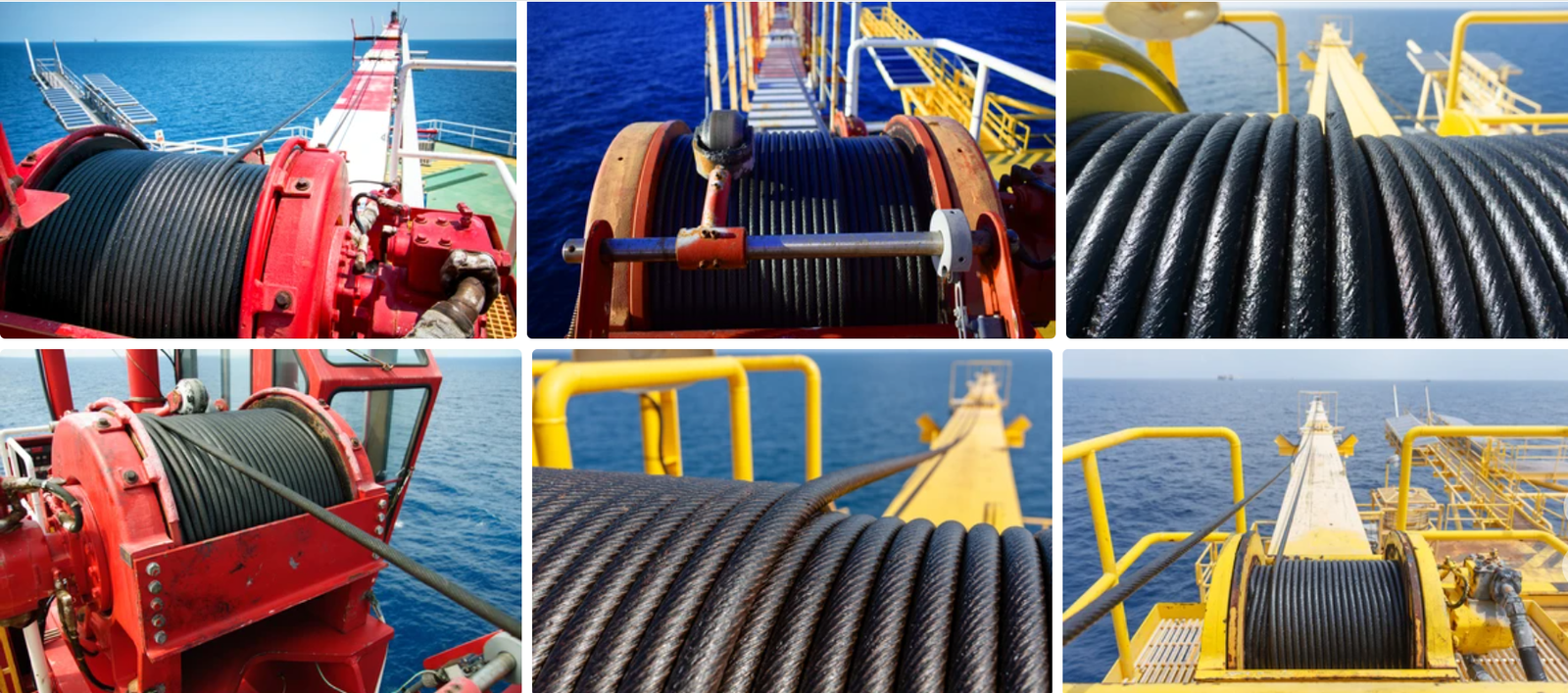Are you worried about your wire rope breaking under pressure? We understand the stress when your operations depend on reliable equipment. Many users feel this anxiety daily.
Yes, a wire rope’s diameter significantly influences its strength. A larger diameter generally means a greater capacity to withstand loads.
I remember a time when a critical lift failed because of an undersized rope. It was a tough lesson, but it taught me the vital importance of getting the specs right. Let’s explore this further.
How Does Wire Rope Diameter Relate to its Breaking Strength?
Understanding this relationship is key to selecting the right wire rope for your needs. It’s a direct correlation you need to know.
The breaking strength of a wire rope is directly proportional to its diameter. Larger diameters can handle heavier loads.
When we talk about wire rope strength, especially for crane wire rope or elevator wire rope, diameter is a primary factor. It’s not the only one, but it’s a huge piece of the puzzle.
Furthermore, we need to consider how different constructions and materials affect this. For instance, a multi-strand rope versus a single-strand rope of the same diameter will have different breaking strength characteristics. We also look at the core of the rope – whether it’s fiber core (FC) or independent wire rope core (IWRC). An IWRC typically increases the rope’s overall strength and stability.
Factors Influencing Wire Rope Strength
| Factor | Impact on Strength |
|---|---|
| Diameter | Increases strength as it gets larger. |
| Construction | Different strand counts and lay patterns affect strength. |
| Core Type | IWRC generally provides higher strength than FC. |
| Material | Steel grade and galvanization status play a role. |
| Number of Wires | More wires within a strand can increase flexibility and strength. |
How Wire Rope Grade Affects Strength
The grade of steel used in wire ropes is crucial. We use high-quality materials to ensure our products meet rigorous standards. For example, wire ropes compliant with EN12385-4 are designed to meet specific strength and safety requirements. This means that even if two ropes have the same diameter, a higher grade steel will result in a greater breaking load.
The Role of Plastic Impregnation
Plastic impregnation is a process that fills the internal valleys of the wire rope with a protective plastic compound. This not only enhances lubrication but also increases the rope’s resistance to crushing and fatigue. A plastic-impregnated wire rope can therefore exhibit higher tensile strength and longevity compared to a non-impregnated one of the same diameter and grade.
Does the Wire Rope’s Construction Matter for Strength?
Absolutely, the way a wire rope is built significantly impacts its performance. It’s not just about the thickness.
The construction of a wire rope – how the wires and strands are arranged – directly affects its strength and flexibility.
We’ve developed specialized assemblies that use specific constructions to meet unique demands. For instance, a dense, tightly woven construction will often provide higher tensile strength than a looser, more flexible one.
Dive Deeper into Wire Rope Construction:
Wire rope construction refers to the pattern in which the individual wires are laid into strands, and the strands are then laid around a core. This arrangement dictates the rope’s core attributes:
Wire Rope Construction Types
- Preformed Wire Ropes: In preformed ropes, the wires and strands are shaped into a helical form before being laid into the rope. This preforming makes the rope more stable, reducing the tendency to unravel and increasing its resistance to fatigue. It also makes the rope easier to handle.
- Non-Preformed Wire Ropes: These ropes are not preformed. They are more prone to unlaying if the end is not properly secured but can have higher tensile strength in some constructions due to the inherent stresses in the wires.
Common Wire Rope Constructions and Their Strength implications
- 6×19 Class: This is a very common class, offering a balance of flexibility and strength. It usually has six strands, each made of 19 wires.
- Composition: Typically 6 strands with 19 wires per strand.
- Strength: Good tensile strength, suitable for general purpose lifting and hoisting.
- Flexibility: Moderate flexibility.
- 6×37 Class: Similar to 6×19 but with more wires per strand (37 or more).
- Composition: Typically 6 strands with 37 wires per strand (can vary).
- Strength: Higher tensile strength than 6×19 due to more metal content.
- Flexibility: Greater flexibility, making it ideal for applications requiring bending over sheaves, like crane wire rope.
- 8×19 Class: This class has eight strands, each with 19 wires.
- Composition: 8 strands with 19 wires per strand.
- Strength: Strength is comparable to 6×19, but the eight strands provide better flexibility and higher resistance to fatigue.
- Flexibility: More flexible than 6×19, good for applications where a rope needs to wrap around drums.
The Core’s Impact on Strength
The core of a wire rope is the central part around which the strands are laid. It provides support and affects the rope’s overall strength and behavior.
- Fiber Core (FC): Corresponds to ropes with a core made of natural or synthetic fibers.
- Properties: More flexible, lighter, less expensive.
- Strength: Has a lower breaking strength (typically 7×7) compared to IWRC because the fiber core can compress and stretch.
- Independent Wire Rope Core (IWRC): This core is itself a wire rope.
- Properties: Much stronger, more resistant to crushing, maintains shape under load.
- Strength: Increases the rope’s overall breaking strength by about 7.5% over a similarly sized fiber core rope. It’s preferred for heavy lifting and demanding mining wire rope applications.
Can Galvanization Affect Wire Rope Strength?
Yes, galvanization can influence how a wire rope performs, particularly in corrosive environments.
While galvanization primarily protects against corrosion, it can have minor effects on the tensile strength of the individual wires.
We offer galvanized wire rope, which is excellent for marine wire rope or outdoor uses where rust is a concern. The galvanizing process itself involves coating the steel wires with zinc. This coating adds a slight layer, which can minimally impact the wire’s breaking strength. However, the corrosion resistance it provides often outweighs this small change.
Understanding Galvanization Grades
There are different grades of galvanization, each offering varying levels of protection.
- Class A: Offers basic protection against atmospheric corrosion.
- Class B: Provides better protection than Class A.
- Class C: Offers the highest level of zinc coating and thus the best corrosion resistance.
The impact on tensile strength is generally considered negligible for most applications, especially when compared to the increased lifespan and reliability in corrosive conditions. For specialized applications, especially where exact tensile strength is paramount, it’s always good to consult specific product data.
Does Wire Rope Diameter Alone Guarantee Strength?
No, diameter is crucial, but it’s not the only factor determining a wire rope’s strength.
While diameter is a primary indicator, the wire rope’s material, construction, and quality all contribute to its overall strength.
Think of it like building a bridge. The width of the road (diameter) is important for capacity, but the type of steel, the design of the supports, and how well it’s constructed all play a vital role in its load-bearing ability.
Consider these points:
- Material Quality: The tensile strength of the steel wire itself is fundamental. We ensure our wire products are made from high-grade steel to meet demanding tensile requirements.
- Manufacturing Process: How the wires are drawn, twisted into strands, and the strands into the rope impacts the internal stresses and the rope’s structural integrity.
- Lubrication: Proper lubrication, often enhanced by processes like plastic impregnation, reduces internal friction and wear, contributing to sustained strength over time.
- Certifications: We can provide certifications like BV, CE, RMRS, DNV, and ABS if a client needs them. These certificates verify that the rope has met stringent international quality and strength standards.
Conclusion
Diameter is key, but quality construction and materials define wire rope strength.

